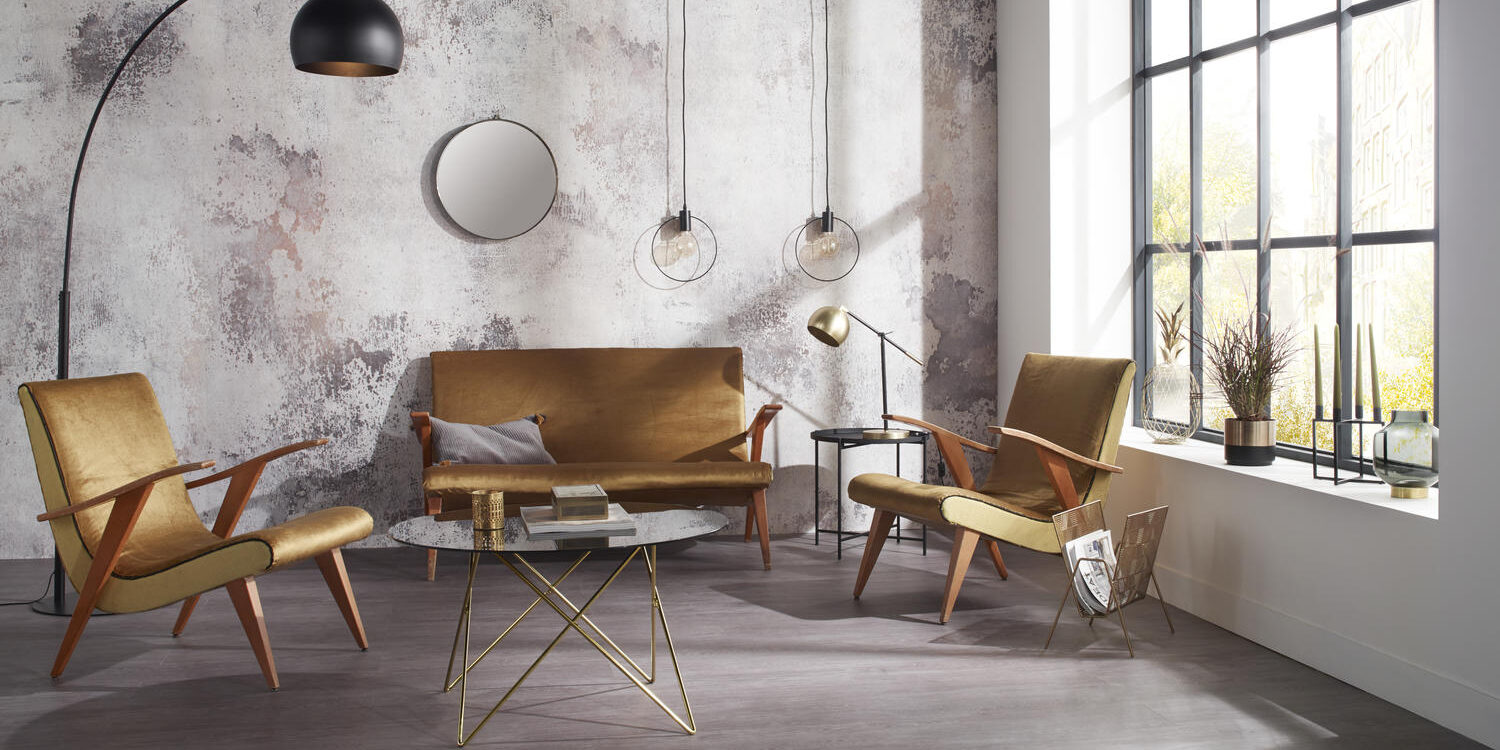Introduction Vintage Interior Design
Vintage interior design is more than just a decorating style; it’s a way of bringing history, character, and a sense of nostalgia into the home. This timeless approach to interior design has seen a resurgence in recent years, appealing to those who appreciate the charm and uniqueness of bygone eras. In this comprehensive guide, we will explore the various facets of vintage interior design, from its historical roots to practical tips for incorporating vintage elements into modern spaces.
Historical Context
Origins of Vintage Design
Vintage interior design draws inspiration from various historical periods, primarily the 1920s to the 1970s. Each era brought its own distinctive style and innovations in design, influencing what we now consider vintage.
Influences Over Time
The Art Deco elegance of the 1920s, the eclectic mid-century modern designs of the 1950s, and the bohemian vibes of the 1970s all contribute to the broad spectrum of vintage design. Understanding these influences helps in creating a cohesive vintage look.
Key Principles of Vintage Interior Design
Authenticity
Authenticity is at the heart of vintage design. This involves sourcing genuine vintage pieces and avoiding replicas whenever possible.
Mixing Eras
Combining elements from different periods can create a layered and eclectic feel. For example, pairing a 1950s coffee table with a 1970s lamp can add depth and interest.
Patina and Wear
Embracing the natural wear and tear on vintage items adds character and tells a story. Patina, the soft sheen that develops on wood and metals over time, is highly valued.
Methodologies and Tools
Sourcing Vintage Pieces
Finding authentic vintage items can be a delightful treasure hunt. Flea markets, antique shops, and online marketplaces like Etsy and eBay are excellent sources.
Restoration Techniques
Restoring vintage pieces requires delicate handling to preserve their integrity. Techniques vary depending on the material—wood, metal, or fabric.
Design Software
Modern design software can help visualize how vintage pieces will fit into a contemporary space, ensuring a harmonious blend of old and new.
Case Studies
Iconic Vintage Interiors
Examining well-known vintage interiors, such as the homes of historical figures or renowned designers, can provide inspiration and insight into successful design strategies.
Modern Interpretations
Looking at contemporary homes that have successfully integrated vintage elements offers practical examples of how to achieve this style in today’s living spaces.
Challenges and Solutions
Finding Authentic Pieces
Genuine vintage items can be scarce and expensive. Solutions include setting a budget, being patient, and broadening the search to lesser-known sources.
Balancing Old and New
Integrating vintage items into modern interiors requires a careful balance to avoid a cluttered or outdated look. This can be achieved by focusing on a cohesive color scheme and maintaining a balance between vintage and contemporary pieces.
Future Trends in Vintage Design
Sustainable Sourcing
As sustainability becomes more important, there is a growing trend towards upcycling and repurposing vintage items, reducing waste, and supporting eco-friendly practices.
Technological Integration
Incorporating modern technology into vintage interiors without compromising the aesthetic is an emerging trend. Hidden charging stations, smart lighting, and integrated sound systems are examples.
Expert Opinions
Designer Insights
Quotes and advice from interior designers who specialize in vintage interiors can provide valuable tips and perspectives on achieving this style.
Historical Experts
Insights from historians about the significance of certain design elements can deepen the understanding and appreciation of vintage interiors.
Resources for Learning
Books and Magazines
There are numerous books and magazines dedicated to vintage interior design, offering inspiration, practical advice, and historical context.
Online Courses
Online platforms like Coursera and Udemy offer courses in interior design that include modules on vintage styles, providing a structured learning path.
Websites and Blogs
Websites like Houzz and blogs dedicated to vintage design are excellent resources for tips, inspiration, and community support.
Conclusion Vintage Interior Design
Vintage interior design is a celebration of history, craftsmanship, and individuality. By understanding its principles, sourcing authentic pieces, and integrating them thoughtfully into modern spaces, anyone can create a home that exudes timeless elegance and personal charm. Whether you are a seasoned collector or a curious beginner, the world of vintage design offers endless possibilities for creativity and expression. Embrace the journey, and let the past inspire your present.





